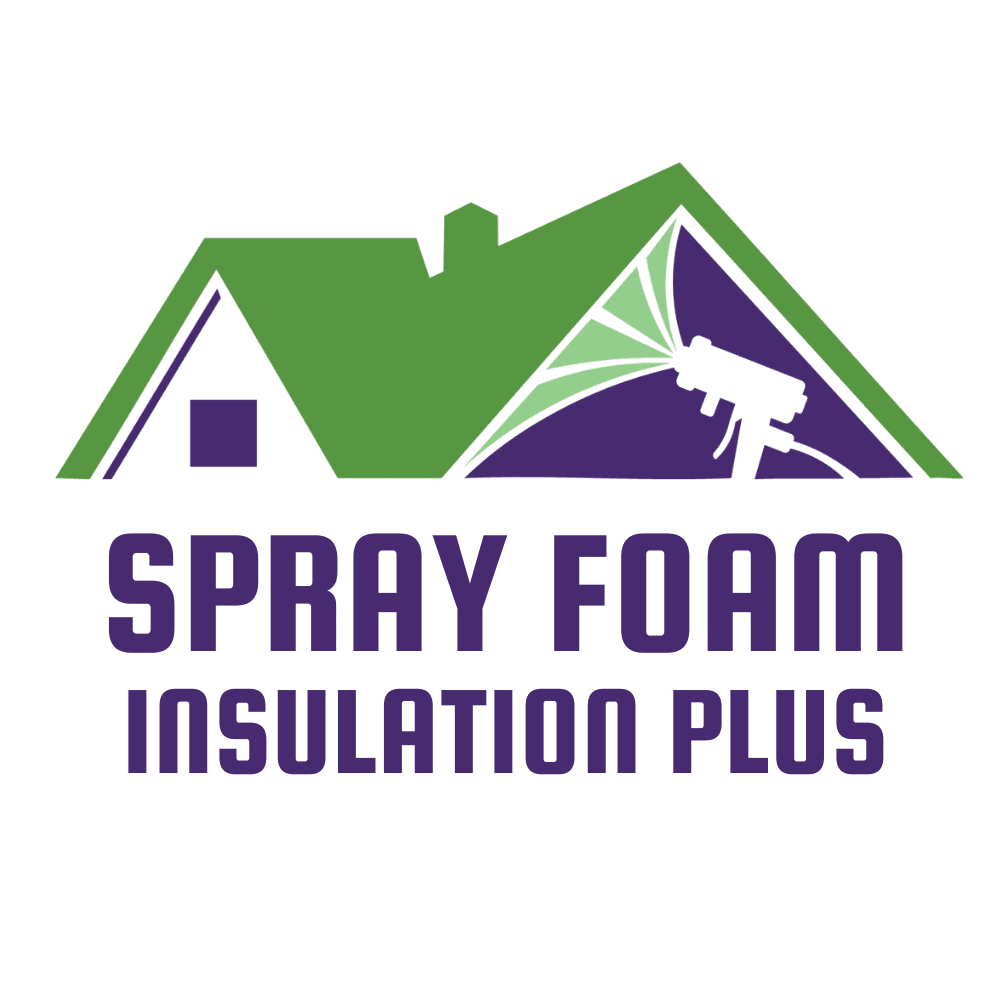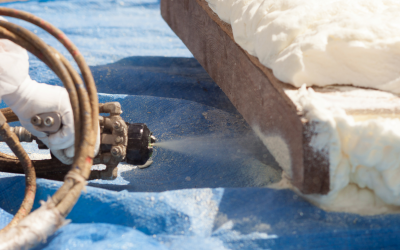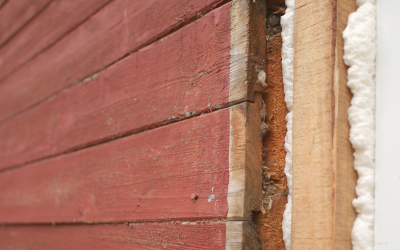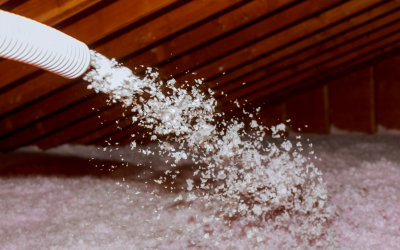Spray Foam Insulation: How Insulation Works
Last Updated on October 12, 2022 by Spray Foam Insulation Plus

If you’re planning to insulate your home and you’ve come across the option of spray foam insulation, this blog is for you. Older homes have a low R-value. R-value is a term that goes hand in hand with insulation. Whenever you decide to get the insulation done on a property, the first thing you should look at is the R-value of the insulation material. Spray Foam Insulation: How Insulation Works
The efficiency of your home’s insulation will degrade if it is more than 20 years old. Old holes need additional insulation due to their low R-value. Before you start, make sure you understand what R-value is and how it relates to spray foam insulation.
Conduction, Convection, And Radiation
Knowing heat flow is essential to understand how insulation works. Conduction, convection, and radiation are the three principles of heat transfer.
Heat travels through materials via conduction. Consider how heat is transferred from a hot cup of soup to your hand through the handle of a metal spoon. Heat moves through gases and liquids by convection.
In convection, the warm gas or liquid sinks, and the cold gas or liquid rises. This creates a convection current where warm air or liquid continuously rises and cool air or liquid continuously sinks. This is the phenomenon that happens when you operate the HVAC systems in your home. This is also the reason why A.C. is installed on the top part of the wall and the heater is kept at the bottom.
Radiant heat is directed in one direction. It heats anything solid and able to absorb the energy that comes into contact with it. However, our main focus is on convection only as it is associated with HVAC systems.
The Flow Of Heat Is Slowed By Insulation
The conductive heat flow is slowed by most insulating materials. It also slows convective heat movement to some degree. Regardless of which way heat transfers, it always flows from warmer to cooler until the temperature equalizes.
Heat is transferred from your heated living quarters to your unheated attic, garage, basement, and finally outside during the winter. Radiation allows heat to pass through ceilings, floors, and walls. In the summer, heat travels in the reverse direction, from the outside to the inside of your home. The right placement of insulation prevents heat from flowing in the wrong direction.
The R-Values Of Insulating Materials
The thermal resistance, or R-value, of insulation, is used to assess its resistance to conductive heat flow. The better a material insulates, the higher the R-value it has. As a result, a higher R-value equates to greater energy efficiency. The type of insulation, density, and thickness all influence the R-value. The R-value of several forms of insulation is affected by aging, temperature, and humidity as time passes.
Importance of Choosing the Right Location For Insulation
The location where you put insulation has an impact on how well it resists heat flow. If, for example, the insulation has been firmly packed or pressed together within the space, the full insulating capability of that insulating material will not be retained. Even the floors, roofs, and walls of your home have an R-value of themselves. This value is different from the R-value of the insulating material itself.
When you are insulating your home you must choose the right places to insulate. This is crucial because some of the places in our home do not need insulation, while others immensely need insulation or the whole house’s temperature gets disrupted. If you want to know about the places that need insulation, check out our blog on it!
For more information about our spray foam insulation services, feel free to contact Spray Foam Insulation Plus, the best insulation contractors in Bloomington MN, today.
Spray Foam Insulation: How Insulation Works
Spray Foam Insulation: How Insulation Works
Spray Foam Insulation: How Insulation Works

Tags
Preferred Contractors of:





